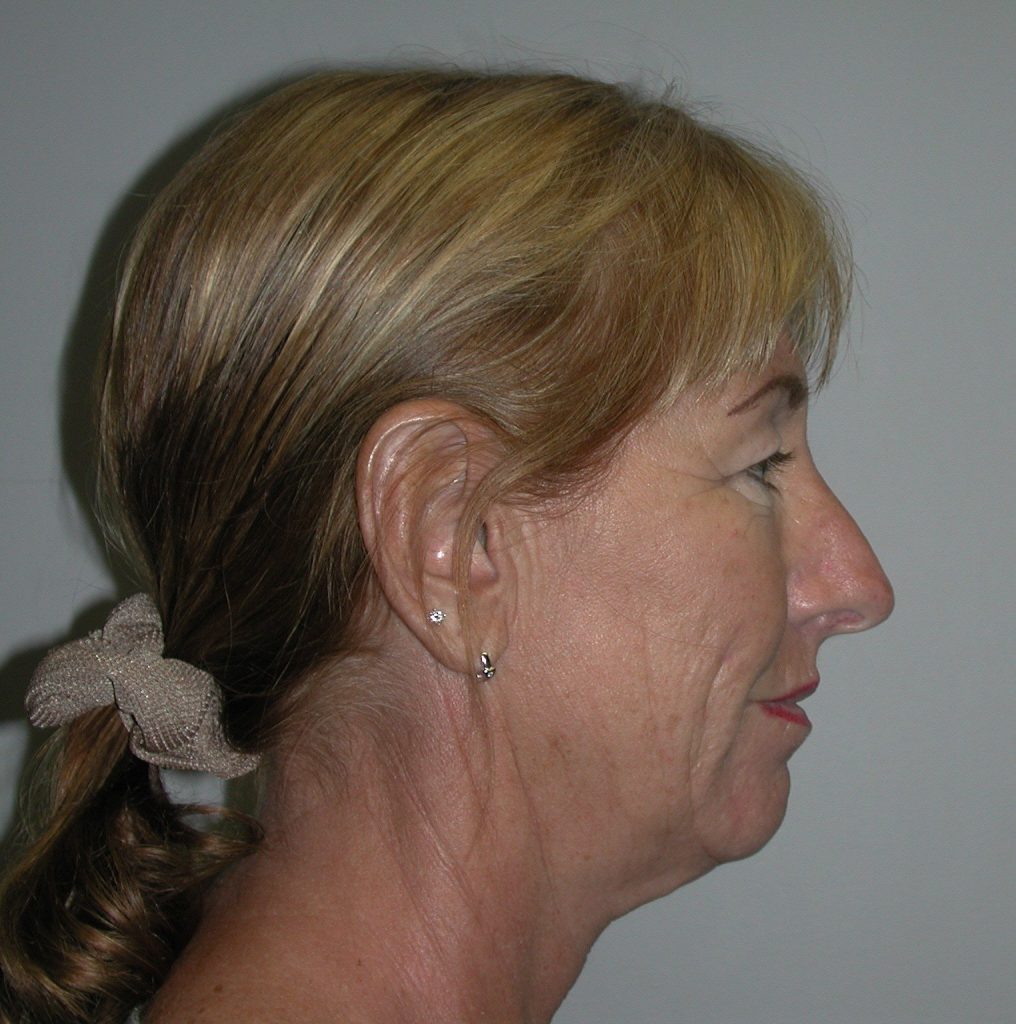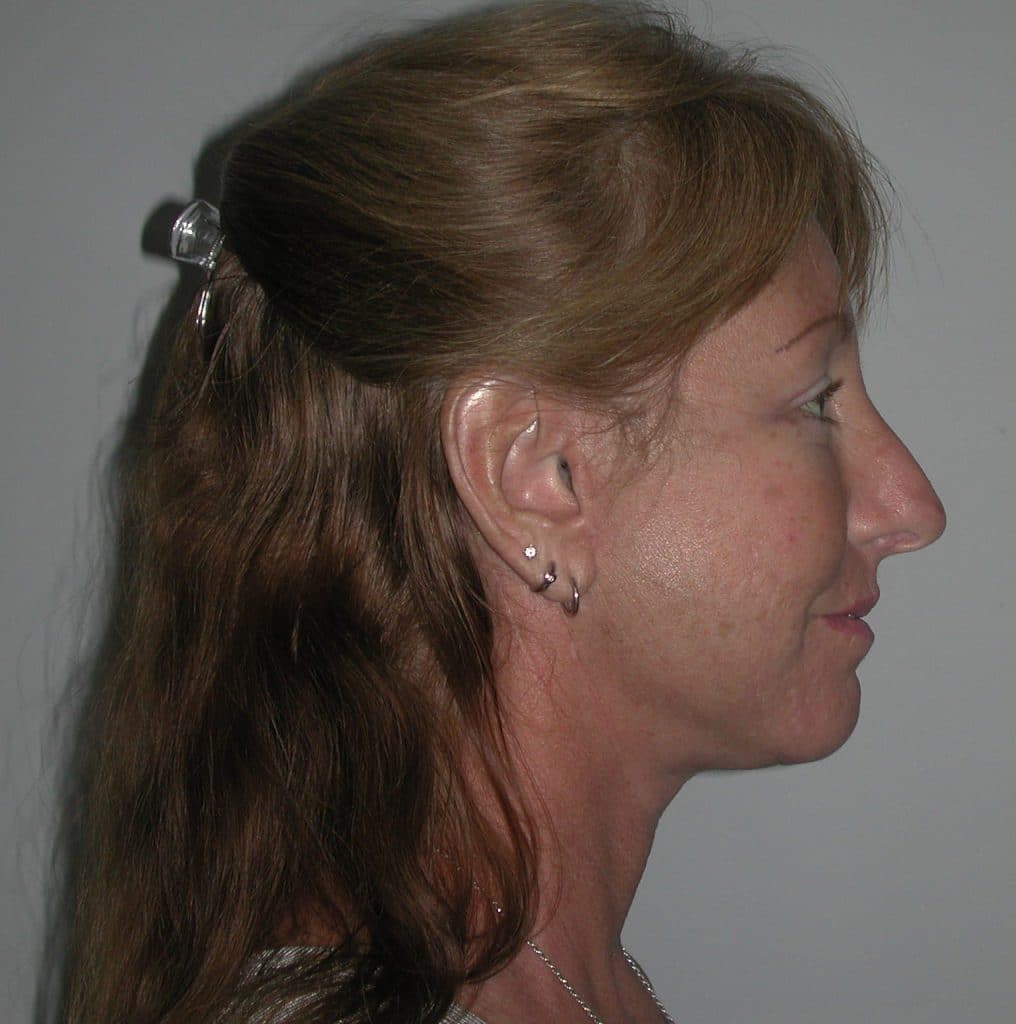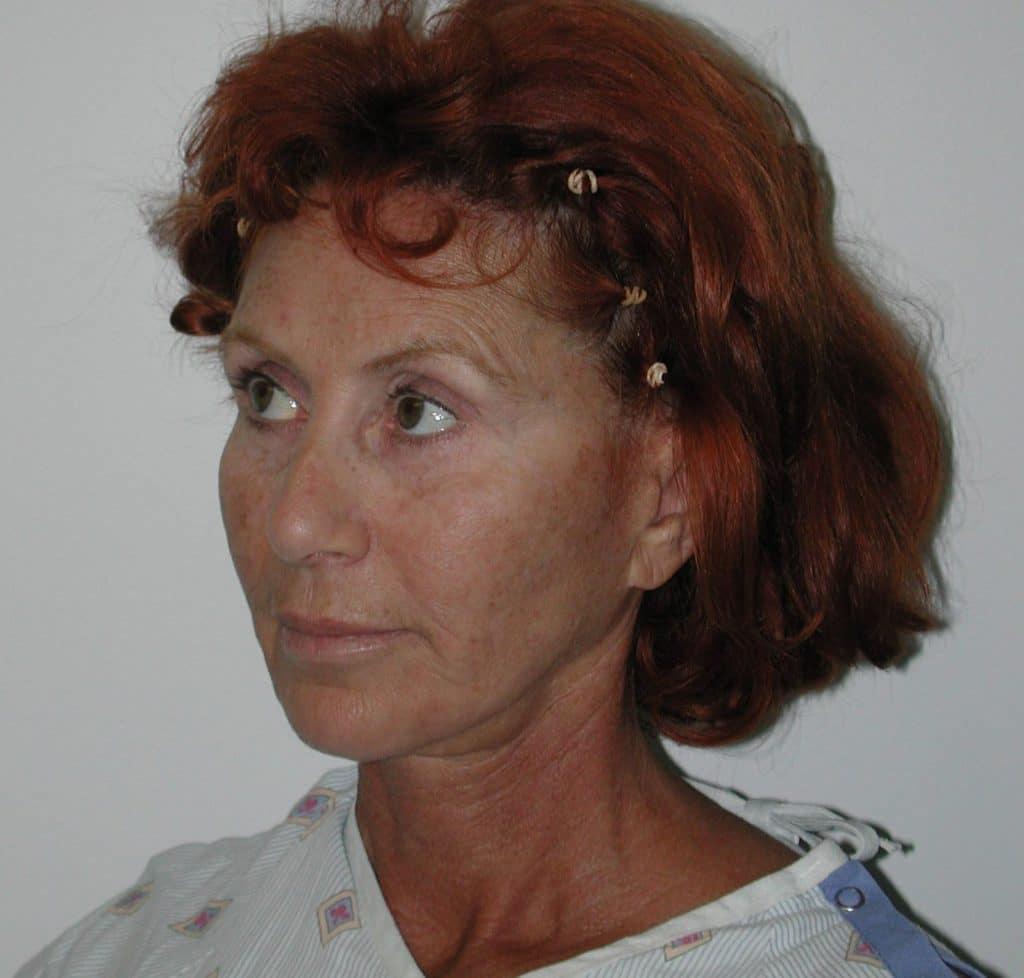Understanding the Facelift Procedure: What to Expect
Posted By:

Dr. Chris Schaffer
Read Time: ~ minutes

Considered to be one of the most popular facial rejuvenation procedures, the facelift can provide you with life-changing results. The facelift is a surgical procedure that removes excess skin and tightens facial muscles, ultimately reducing wrinkles and creating a more youthful appearance.
Procedure Details
The facelift procedure can be personalized to address your unique needs and to provide you with the most natural-looking results. Dr. Christopher Schaffer completes the facelift procedure in several steps:
- Anesthesia is administered.
- Incisions are made in discreet areas to minimize scarring.
- Facial muscles and connective tissues are manipulated.
- Excess skin is lifted or removed.
- Incisions are closed.
Dr. Schaffer offers three types of facelifts:
Full Facelift
The traditional facelift procedure is commonly referred to as a full facelift. During this procedure, a facelift and a neck lift are performed, and Dr. Schaffer works to tighten the muscles and connective tissues in the face while lifting and repositioning the skin.
Mini Facelift
Sometimes referred to as the midface lift, the mini-facelift procedure focuses primarily on the cheeks and jawline, ultimately improving the appearance of the midface. It is typically recommended for patients who are just beginning to show signs of aging, and it does not include a neck lift procedure.
Short Scar Facelift
Becoming more popular among patients in their 30s and 40s, the short scar facelift addresses minor decreases in skin laxity around the cheeks and jowls. It is an ideal procedure for those experiencing early aging.
Preparing for Your Facelift Surgery
To prepare you both physically and emotionally for your facelift surgery, Dr. Schaffer will spend a significant amount of time with you during the consultation process. The consultation plays a crucial role in preparing you for surgery because it allows Dr. Schaffer to evaluate your health history, better understand your goals for the procedure and help you establish realistic goals. During the consultation, he will provide pre-surgery instructions to help you prepare effectively for your facelift.
What to Expect During Your Facelift
Dr. Schaffer actively works to ensure his patients know what to expect on the day of their procedure. The facelift is an outpatient procedure performed in a premier surgical center. The procedure itself can take anywhere from 3 to 6 hours to complete, with the exact timeline varying based on the scope of the facelift and any other surgical procedures that are being performed at the same time. All procedures are performed in our elite surgical center, which features state-of-the-art technology and offers a clean and welcoming environment for patients and caregivers.
Post-Surgery and Recovery Timeline
Immediately following your surgery, you will likely experience pain and swelling. This is a normal response to the surgical procedure, and most patients find that the swelling subsides significantly within the first few days.
Managing Pain and Discomfort After Your Operation
It is important to rest and recover for the first several days after your operation. You will receive personalized post-operative care instructions from Dr. Schaffer, and depending on the scope of your surgery, you may need to wear a compression garment around your neck, and you may need to change your bandages regularly. Most patients find that they can resume normal activities about one week after surgery.
Enjoying the Results of Your Facelift
The results of a well-planned facelift performed by a qualified surgeon can last for many years. Natural changes in skin elasticity and facial shape with age are expected. However, most patients can fully expect to retain a more youthful appearance for several years. Additionally, a good skincare routine with sun protection and healthy lifestyle choices will ensure the results last as long as possible.
Importance of Natural-Looking Results
Dr. Schaffer uses advanced techniques, such as deep plane facelift techniques and innovative SMAS techniques, to provide his patients with exceptional, natural-looking results. Through well-planned incisions and proper incision placement, Dr. Schaffer can minimize scarring and reduce the risk of results that appear overdone.
Risks and Benefits of the Facelift Procedure
The facelift procedure is a major surgical operation, which means that there are some risks involved. Common risks associated with the facelift include scarring and infection. By working with an experienced, board-certified plastic surgeon like Dr. Schaffer, you can reduce the risks associated with this procedure and enjoy the best possible results.
Testimonials
“I am very pleased with the results, recovery, care & concern from the staff. The facelift & fat transfer to the areas around my mouth and nasal area using my own tissues gave me a smooth and natural look. Botox was used for the crow’s feet & a small amount in the chin relaxed the crinkles. After about a week, most of the swelling was gone & bruising was easily covered with concealer. The incisions around my ears are not easily seen even when I pull my hair back. ”
Denise Q., former Schaffer Plastic Surgery patient.
Face Lift Gallery <p><small>Actual patients and results. Please note results may vary.</small></p>






From Consultation to Recovery: The Personalized Experience at Schaffer Plastic Surgery
Dr. Christopher Schaffer is deeply committed to providing all patients with personalized results. Your plastic surgery journey begins with a consultation appointment, in which you can discuss your goals and Dr. Schaffer can determine if you are a good candidate for the facelift procedure. Dr. Schaffer provides all of his patients with his cell phone number, giving his patients direct access should any questions or concerns arise.
Schedule Your Facelift Consultation Today
At Schaffer Plastic Surgery, we are committed to providing every patient with a personalized experience and exceptional results. Schedule your consultation appointment today to find out if you are a good candidate for the facelift procedure.
Gallery
View Gallery

